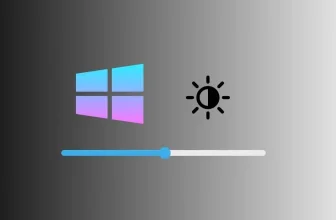Apple’s latest macOS Tahoe comes with stunning Aerial screensavers—dynamic 4K HDR motion clips of cities, landscapes, and space. But if you’ve ever wondered where these gorgeous videos are stored on your Mac, you’re not alone. By default, macOS doesn’t make them easy to find. This guide shows you exactly where to look so you can locate or back them up fast.
Why can’t you see them at First?
Unlike static wallpapers, Aerial screensavers are streamed and downloaded on demand. macOS saves only the clips you’ve already viewed. This means some of the videos might not appear on your drive until you select or preview them in the Screensaver settings.
Main Aerial Screensaver Storage Paths
1. System-Level Aerial Folder
Many users found some downloaded clips inside:
/Library/Application Support/com.apple.idleassetsd/Customer/4KSDR240FPS
This folder typically holds a few .mov files—4K SDR 240 FPS aerial clips.
2. User Cache for Wallpaper Agent
Some cached aerial assets are saved under your user Library:
~/Library/Containers/com.apple.wallpaper.agent/Data/Library/Caches/com.apple.wallpaper.caches/extension-com.apple.wallpaper.extension.aerials
Tip: Use Finder → Go → Go to Folder… and paste the path above. The tilde
~refers to your home directory.
3. Hidden “.wallpapers” Directory
macOS Tahoe stores additional motion files inside a hidden directory:
/System/Library/Desktop Pictures/.wallpapers
This folder is invisible by default. To reveal it in Finder, press Shift + Command + . (period) to toggle hidden files on.
How to Locate All Aerial Videos Quickly
- Enable hidden files: Press
Shift + Command + .in Finder. - Check each path above to see the downloaded clips.
- Use Finder’s Search bar or a free tool like EasyFind to look for
*.movfiles containing “Aerial.” - If you don’t see your favorite clips, preview them first in System Settings → Screen Saver → Aerial, which prompts macOS to download them.
Handy Terminal Command (Optional)
To list all downloaded Aerial screensaver videos, open Terminal and run:
sudo find / -iname "*Aerial*.mov" 2>/dev/null
You may need to enter your admin password. This scans the entire drive for aerial .mov files.
Final Tips
- You can copy these
.movfiles for personal viewing or backup but don’t move or delete them—macOS may need them to display screensavers properly. - As macOS Tahoe continues to download more clips when you use the screensaver, revisit these folders later to find new videos.
- For best results, keep your Mac connected to Wi-Fi so it can fetch new Aerial scenes automatically.






